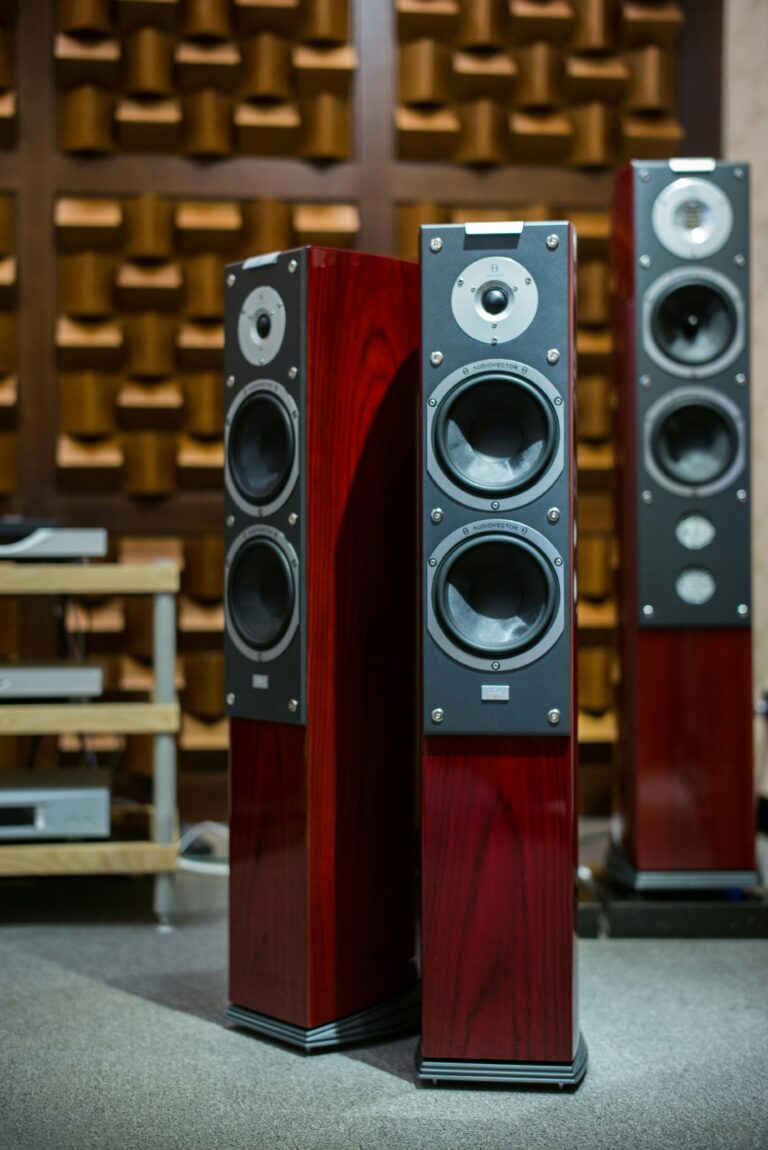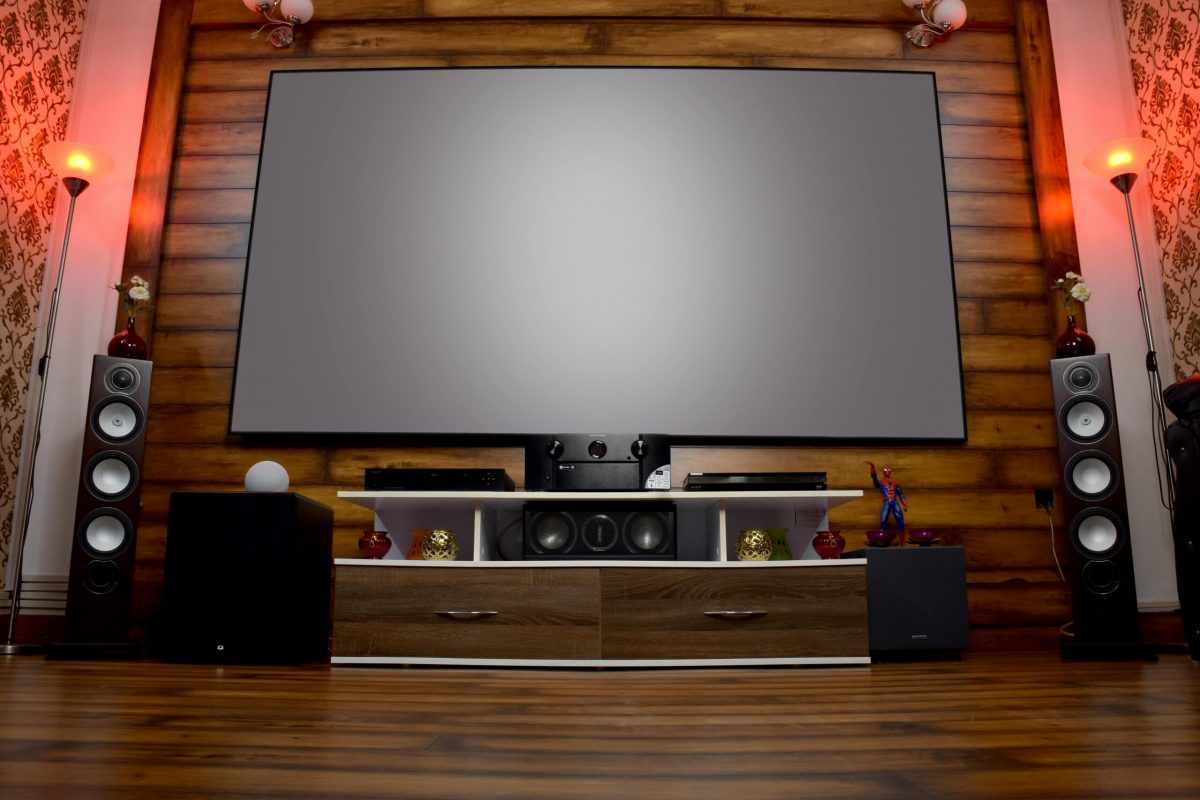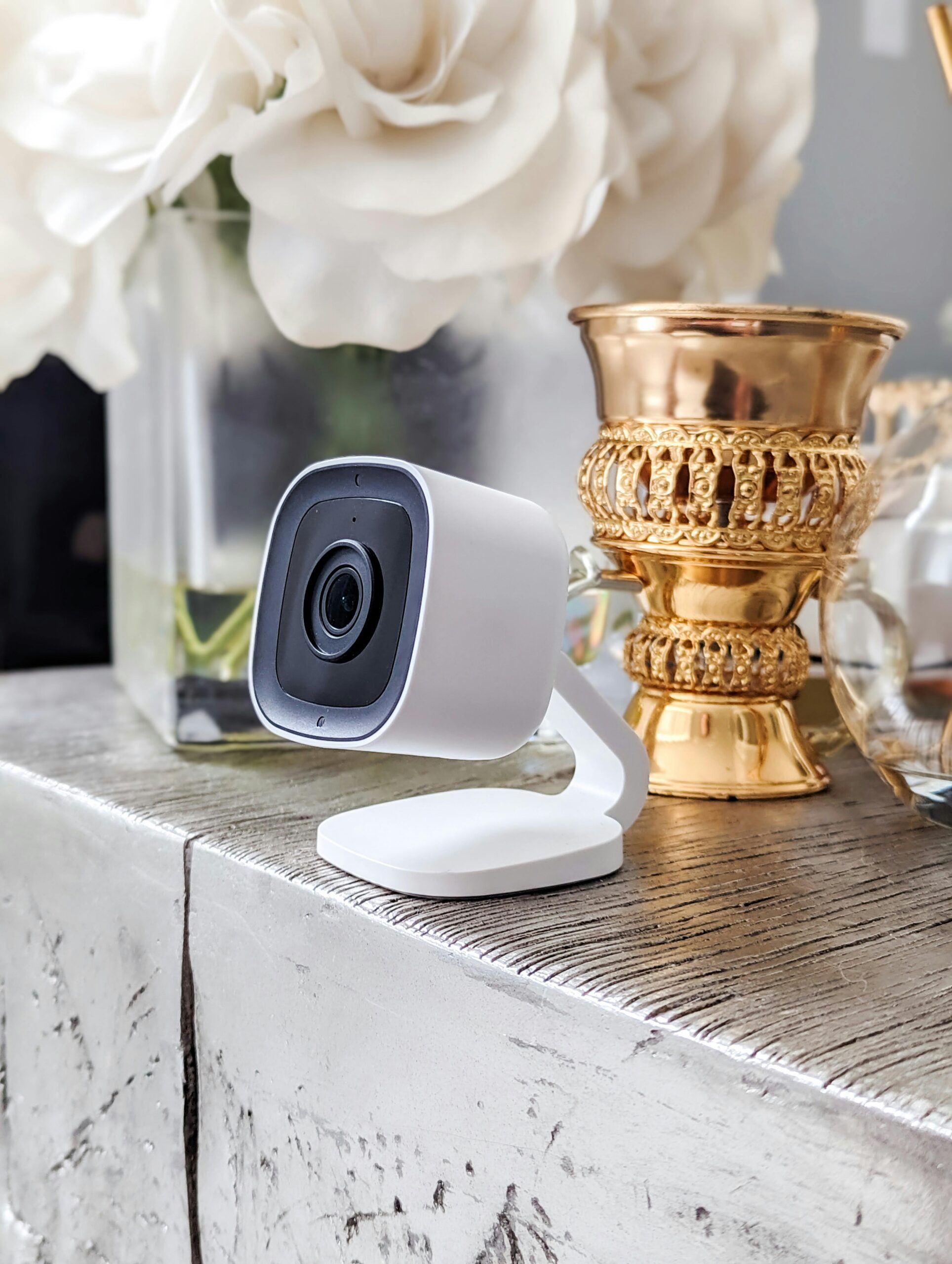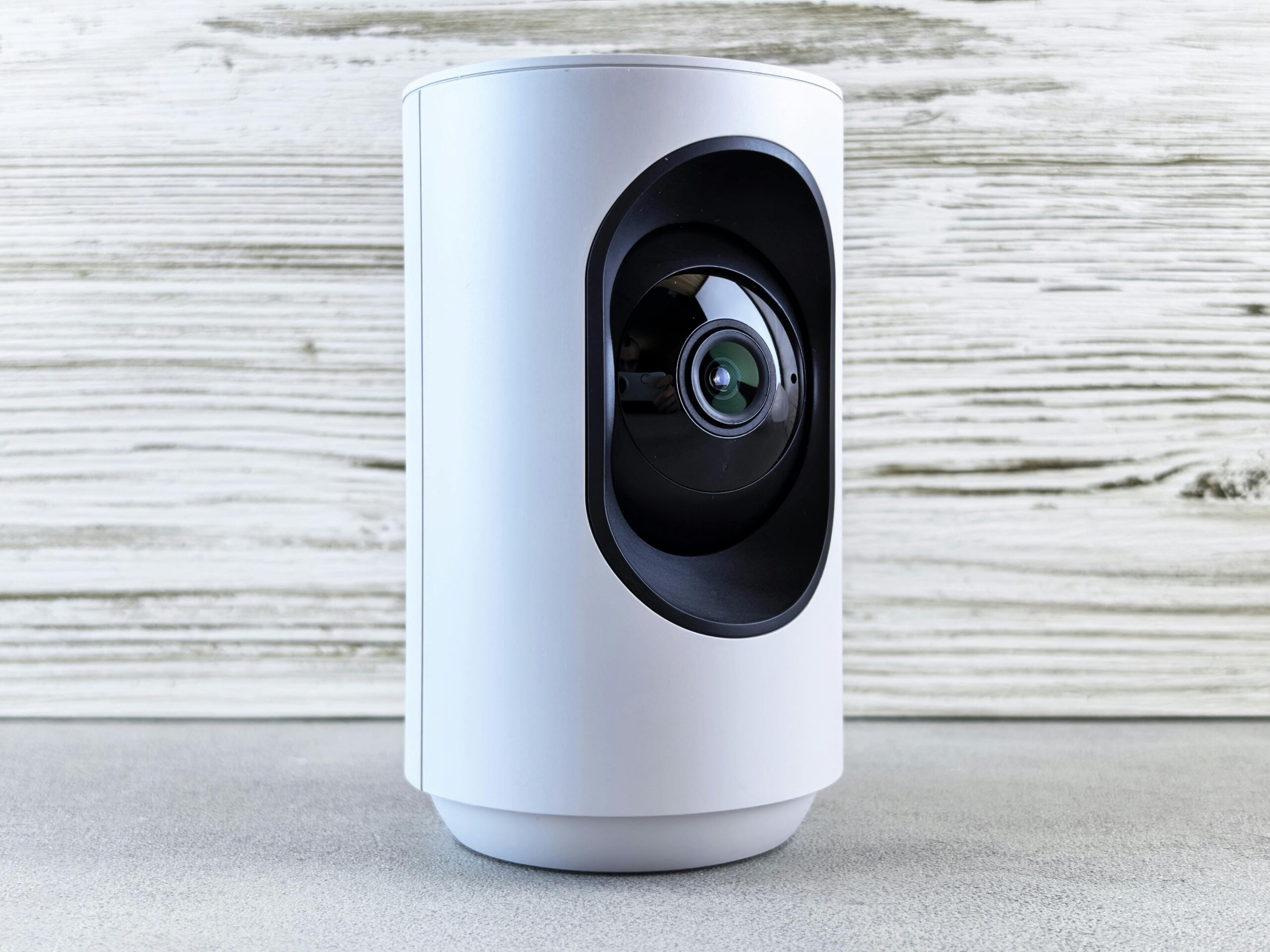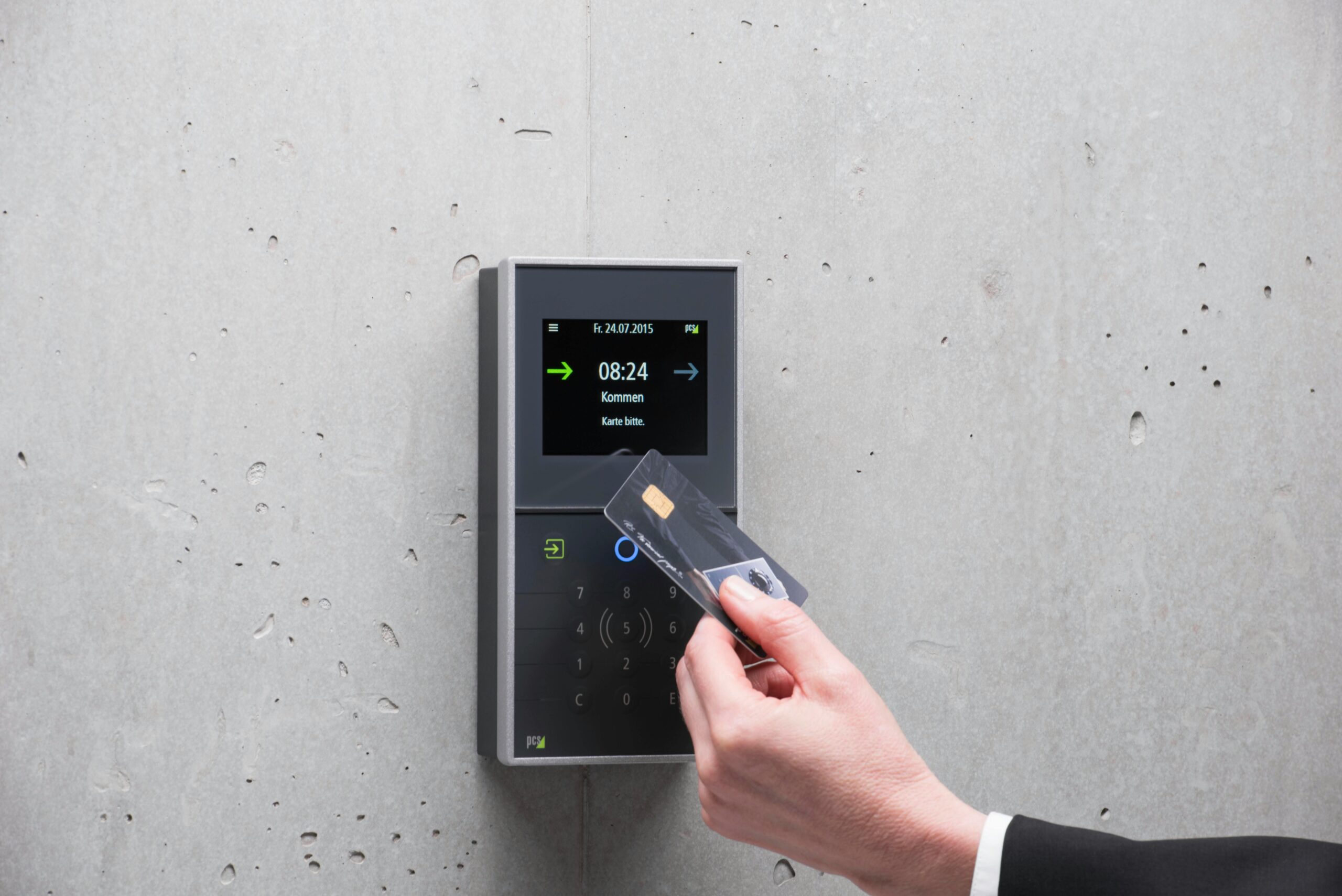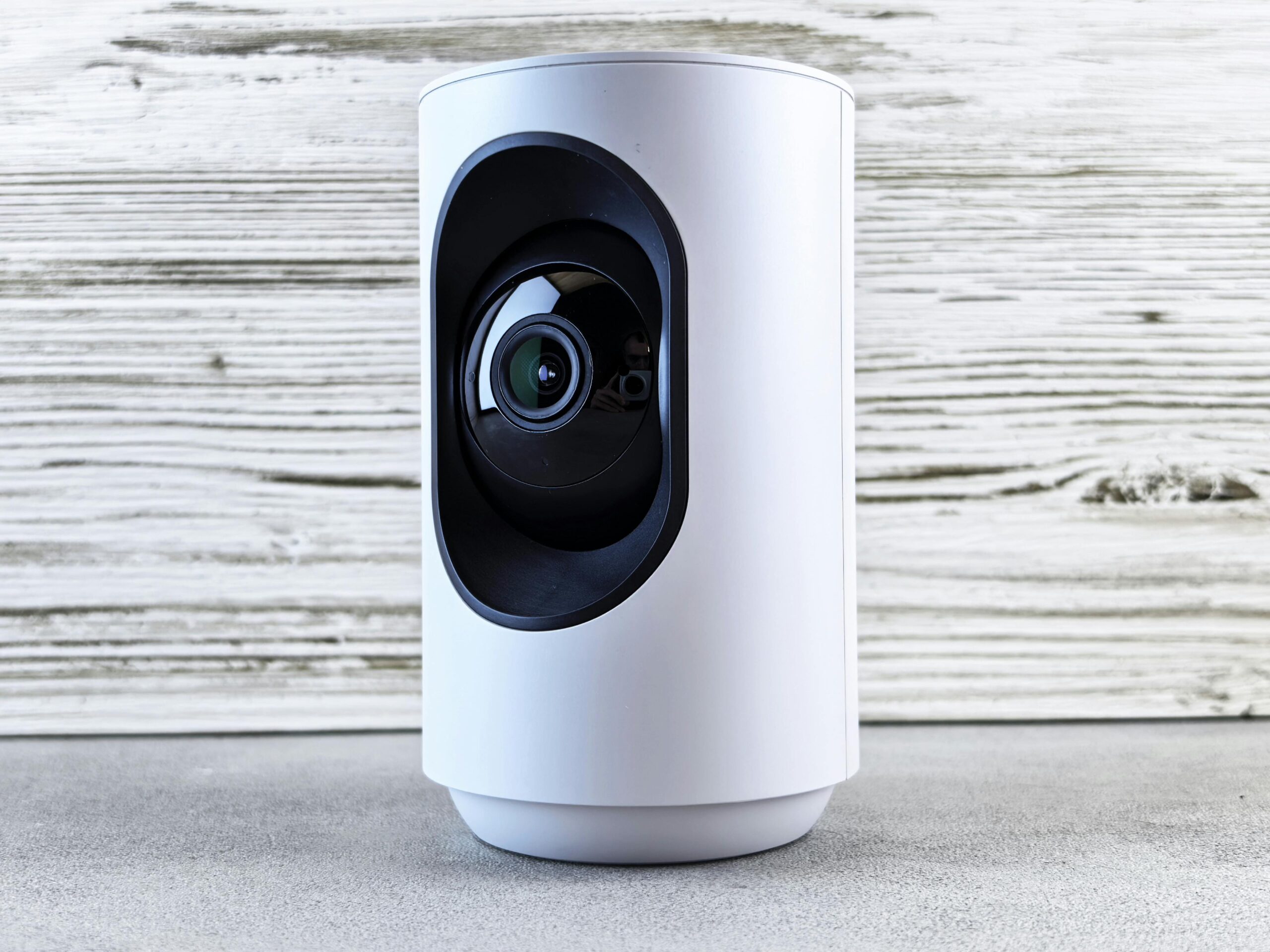A customized home theater is the ultimate way to elevate your entertainment experience and transform your living space into a cinematic wonderland. Whether you’re a movie buff, a gamer, or someone who enjoys immersive multimedia experiences, a home theater setup tailored to your specific preferences can bring your vision to life.
This article will guide you through the essential steps, considerations, and options when designing and building your own personalized home theater.
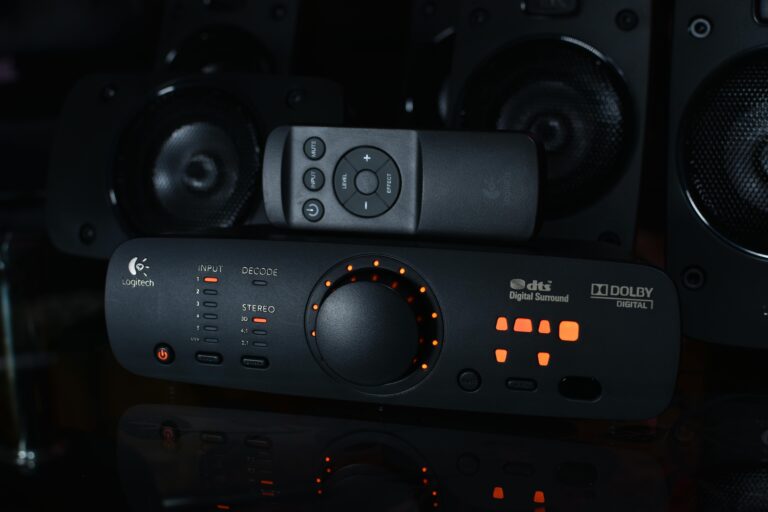
1. Defining Your Vision and Budget
Before diving into the technical details, it’s crucial to define what you want your home theater to accomplish and how much you’re willing to invest. Consider the following questions:
- How often will you use it? Are you building a space for occasional family movie nights, or do you want a full-fledged entertainment hub for regular use?
- What size is the room? The dimensions of the room will significantly affect your design choices, including screen size, speaker placement, and acoustics.
- What’s your budget? A customized home theater can range from a few thousand to tens of thousands of dollars, depending on the equipment and features you choose.
Once you’ve set clear goals and a budget, you can move forward with designing your ideal home theater.
2. Selecting the Right Room
Choosing the right room for your home theater setup is a key step. Ideally, you’ll want a space that is quiet, spacious, and can be controlled in terms of light and sound.
- Room Size and Shape: The ideal room for a home theater is rectangular and spacious enough to allow for comfortable seating and viewing. Consider the height of the room too, as this can affect acoustics.
- Lighting Control: A room with the ability to block out natural light is ideal. If natural light is unavoidable, invest in blackout shades or curtains.
- Soundproofing: Consider soundproofing materials to minimize sound leakage and enhance the audio experience.
3. Choosing the Best Display Technology
The display is the centerpiece of your home theater, so selecting the right one is critical. You have several options to choose from, depending on your preferences and space:
- LED/LCD TVs: Modern LED TVs offer excellent picture quality and are available in sizes up to 85 inches. They’re easy to set up and require less space than projectors.
- OLED Displays: OLED TVs provide the best picture quality with deep blacks and vibrant colors, but they can come at a premium price.
- Projectors: For a truly cinematic experience, a projector with a large screen is an excellent option. Projectors can create a massive viewing area, ideal for large rooms. Pair them with a high-quality screen for optimal results.
4. Audio Setup: The Heart of the Theater
No home theater is complete without a robust sound system. The right audio setup can make or break your home theater experience. Your options include:
- Soundbars: Simple and sleek, soundbars can provide great sound quality with less clutter, but they may not achieve the depth of sound offered by surround systems.
- 5.1 or 7.1 Surround Sound Systems: These systems are the traditional choice for immersive audio, providing sound from all directions. A 5.1 system includes five speakers and a subwoofer, while a 7.1 system includes two additional rear speakers.
- Dolby Atmos: For a premium experience, consider a Dolby Atmos setup. This technology adds height channels to create three-dimensional audio, making you feel like the sound is coming from above, adding to the overall immersion.
5. Seating for Comfort and Style
The comfort of your seating plays a crucial role in your enjoyment of the home theater. Custom seating options are available that combine luxury with functionality:
- Reclining Chairs: These chairs allow you to lean back and relax for long movie marathons.
- Theater Seats: These professional-style seats often come with built-in cupholders and adjustable features.
- Modular Sofas: If you prefer a more relaxed setting, modular sofas provide flexibility for both lounging and socializing.
Consider the room layout when placing the seating to ensure an optimal viewing angle for all viewers.
6. Lighting Design: Creating the Right Atmosphere
Lighting plays a significant role in setting the mood for your home theater. Here are a few ideas for lighting:
- Ambient Lighting: Soft, dimmable lighting around the room ensures comfort while not disturbing the viewing experience.
- LED Strips: Adding LED strip lights behind your TV or projector screen creates a halo effect, adding a cool, cinematic touch.
- Recessed Lighting: For a clean and modern look, recessed lights provide discreet illumination without cluttering the space.
7. Acoustic Treatments
To ensure that your home theater sounds as great as it looks, proper acoustic treatments are essential. Sound absorption panels, bass traps, and diffusers help manage sound reflections, minimize echoes, and improve overall sound quality.
- Acoustic Panels: These are placed on walls and ceilings to absorb sound and prevent reverberation.
- Bass Traps: These help control low-frequency sound waves, which can be overwhelming and muddy.
- Carpeting and Curtains: Soft materials help absorb sound and reduce noise pollution from outside the theater.
8. Smart Integration and Control
A fully customized home theater should be integrated with smart technology for easy control. Consider the following:
- Universal Remote: Simplify control of your home theater equipment with a universal remote that integrates all devices, from TVs to speakers.
- Voice Control: Use Alexa, Google Assistant, or Siri to control the theater via voice commands for convenience.
- Home Automation: Integrate lighting, temperature, and audio/video controls into one cohesive system using a smart hub or app.
9. Personalizing Your Space
Adding personal touches is what makes a customized home theater truly yours. Consider incorporating these elements:
- Movie Posters or Art: Displaying your favorite films or art pieces adds personality to your space.
- Custom Branding: You can create a theater-like experience with a custom marquee or a sign that displays the name of your home theater.
- Bar or Snack Area: For an extra touch of luxury, include a popcorn machine, mini fridge, or bar for refreshments.
10. Professional Installation or DIY
Depending on your expertise and budget, you can either hire professionals to install the equipment or take on the challenge yourself. Professional installation ensures that your system is set up correctly for optimal performance, especially when dealing with complex wiring, speaker placements, and acoustic treatments. If you opt for DIY, plenty of guides and tutorials are available to help you through each step.
Building a customized home theater is an exciting project that can greatly enhance your entertainment experience. From selecting the right room, display, and audio system, to integrating smart features and personal touches, every decision adds to the creation of your perfect cinematic space. Whether you’re going all out or simply upgrading your current setup, a personalized home theater offers the ultimate entertainment oasis in the comfort of your own home.
